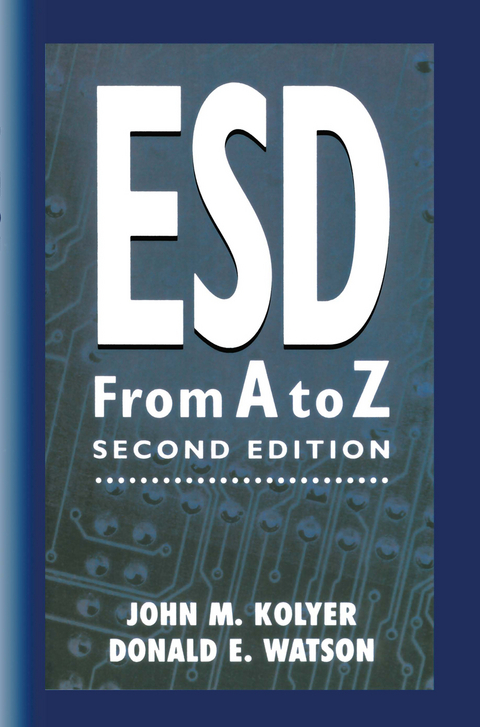
Task-Directed Sensor Fusion and Planning
Kluwer Academic Publishers (Verlag)
9780792391081 (ISBN)
If you have ever hiked up a steep hill to reach a viewpoint, you will know that sensing can involve the expenditure of effort. More generally, the choice of which movement an intelligent system chooses to make is usually based on information gleaned from sensors. But the information required to make the motion decision may not be immediately to hand, so the system . first has to plan a motion whose purpose is to acquire the needed sensor information. Again, this conforms to our everyday experience: I am in the woods and don't know which direction to go, so I climb up to the ridge to get my bearings; I am lost in a new town, so I plan to drive to the next junction where there is sure to be a roadsign, failing that I will ask someone who seems to be from the locality. Why, if experiences such as these are so familiar, has the problem only recently been recognised and studied in Robotics? One reason is that until quite recently Robotics research was dominated by work on robot arms with limited reach and fixed in a workcell.
1 Introduction.- 1.1 A Model for Information Gathering.- 1.2 A Strategy for Realizing Information Gathering.- 1.3 Organizations for Information Gathering.- 1.4 An Overview of this Book.- 1.5 Literature.- 2 Modeling Sensors.- 2.1 Modeling Sensing Geometry.- 2.2 Modeling Sensor Observation Uncertainty.- 2.3 Additional Modeling Considerations.- 2.4 An Example System.- 2.5 Discussion.- 2.6 Literature.- 3 Task Modeling and Decision Making.- 3.1 Task Modeling.- 3.2 Decision Theory.- 3.3 Discussion.- 3.4 Literature.- 4 Mean-Square Estimation.- 4.1 Derivation of Mean Square Estimation Techniques.- 4.2 Robustness to System Variation.- 4.3 Robust Rules for Nonlinear Systems.- 4.4 Additional Comments On Moment-Based Representations.- 4.5 Discussion.- 4.6 Literature.- 5 Grid-Based Probability Density Methods.- 5.1 Grid-Based Probability Density Updating.- 5.2 Estimation and Payoff Computation.- 5.3 Robustness.- 5.4 Error Analysis.- 5.5 Simulation Evaluation.- 5.6 Extensions.- 5.7 Discussion.- 5.8 Literature.- 6 Choosing Viewpoints and Features.- 6.1 Describing the Sensor Action Space.- 6.2 Implementing Sensor Planning.- 6.3 Simulation Analysis of Sensor Planning.- 6.4 Discussion and Extensions.- 6.5 Literature.- 7 Towards a Task-Level Programming Environment.- 7.1 Sensor Fusion.- 7.2 Task Specification.- 7.3 Observation Planning.- 7.4 Summary and Future Development.- 7.5 Literature.- 8 An Experimental System.- 8.1 Implementation Description.- 8.2 Experimental Results.- 8.3 Discussion.- 9 Future Extensions.- 9.1 System Organization.- 9.2 Information Gathering with Multiple Sensors.- 9.3 The Model Selection Problem.- 9.4 Sensor Fusion and Artificial Intelligence.- 9.5 Summary.- A Review of Probability.- A.1 Basic Probability.- A.2 Conditional Probability.- A.3 Expectations.- A.4 Transforming Probability.- A.5 Convergence.- B Review of Methods for Estimation.- B.1 Stochastic Approximation.- B.2 Least Squares Methods.- B.3 Maximum Likelihood Method.- B.4 Maximum A Posteriori Probability.- B.5 Decision Theory.- B.6 Game Theory.- B.7 ?-maximin Game Theory.- C System Hardware.- References.- Glossary of Mathematical Notation.- Glossary of Symbols.
| Erscheint lt. Verlag | 31.5.1990 |
|---|---|
| Reihe/Serie | The Springer International Series in Engineering and Computer Science ; 99 |
| Zusatzinfo | XVIII, 254 p. |
| Sprache | englisch |
| Maße | 156 x 234 mm |
| Themenwelt | Informatik ► Grafik / Design ► Digitale Bildverarbeitung |
| Informatik ► Theorie / Studium ► Künstliche Intelligenz / Robotik | |
| Technik ► Elektrotechnik / Energietechnik | |
| ISBN-13 | 9780792391081 / 9780792391081 |
| Zustand | Neuware |
| Informationen gemäß Produktsicherheitsverordnung (GPSR) | |
| Haben Sie eine Frage zum Produkt? |
aus dem Bereich


